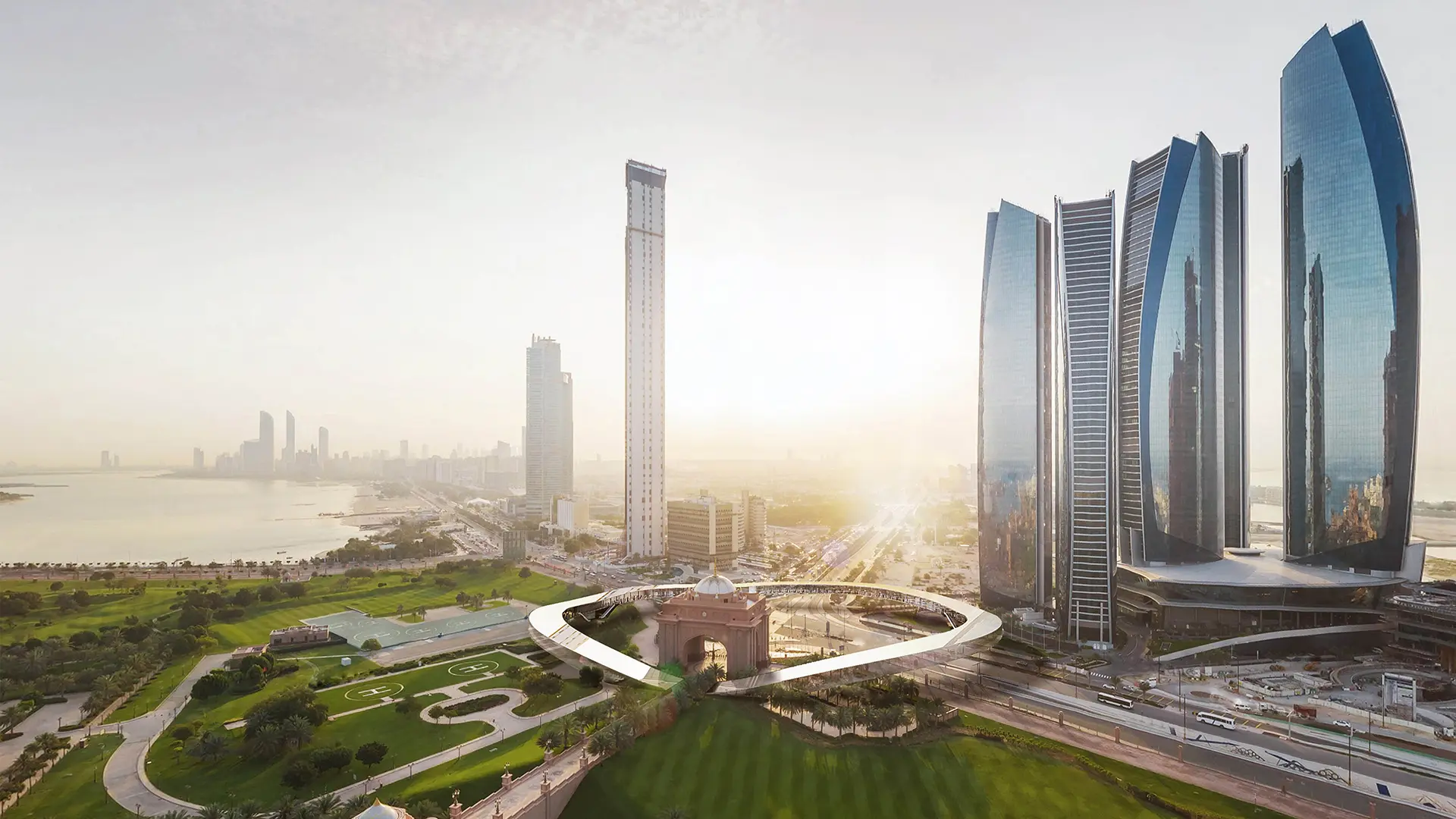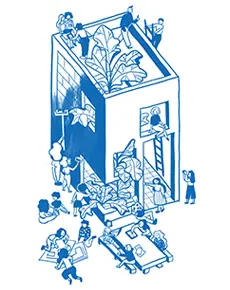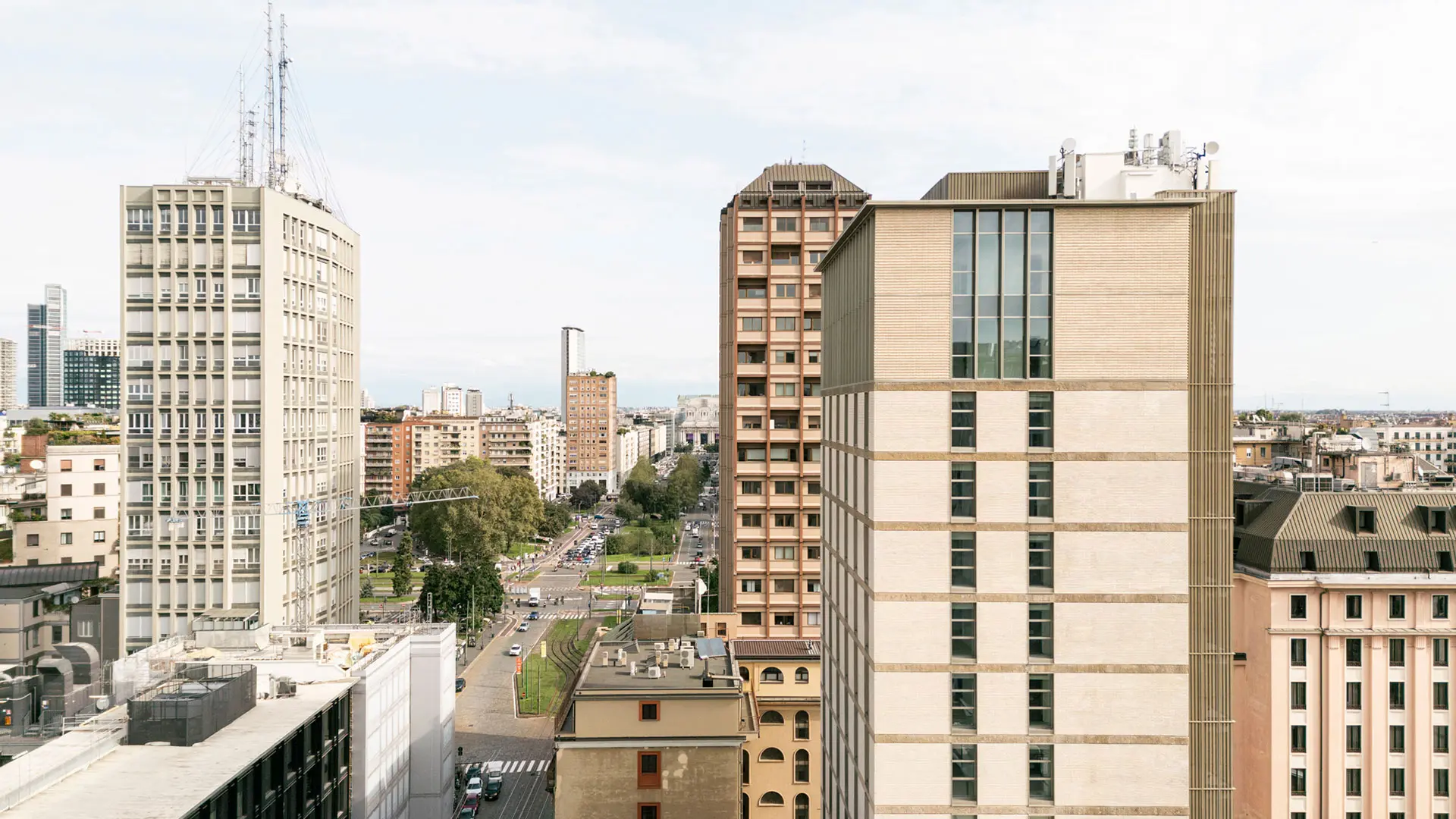In partnership with MiCodmc, a selection of establishments ripe for discovery during the 63rd edition of the Salone del Mobile.Milano, from 8th to 13th April


How Artificial Intelligence is driving the evolution of design

Most people still see AI as a machine, or as a system designed to execute programmed input. However, today AI uses algorithms to learn from its own past experiences. During the recent pandemic, the ongoing digital transition moved up a gear.
It feels like a silent revolution. The effects of the involvement of AI and the Internet of Things in the global domestic, industrial, economic, and environmental sphere already condition most of our daily lives. Supercomputers have their say on travel routes, optimising agriculture and farming systems as well as warehouse and supply chain management and, obviously, impinge on our consumer habits. Since the first industrial revolution, machines have been carving out their place in human existence. Nowadays, complex AI systems can reason, work out meanings, interact with other AI systems, and are definitely taking the AI-human experience to the next level. Predictions are that by 2050 more than 50% of the work done by humans will have been taken over by robots. The most difficult jobs to replace will require high levels of creativity and human interaction and have a low percentage of repetitive activities. In his article, Eric Baldwin addresses issues such as the future of work, urban intelligence and big data, transportation, construction and of singularity, pulling together the intensive efforts of researchers, visionary designers and global thinkers in a courageous attempt to predict how AI will shape the way we’ll communicate, trade and connect with one another over the next thirty years.
Credits
Original text: Eric Baldwin
Photo: courtesy of Bjarke Ingels Group (BIG)
Magazine: archdaily.com
Published by: ArchDaily












